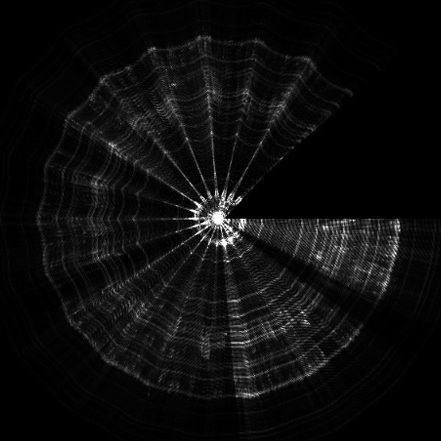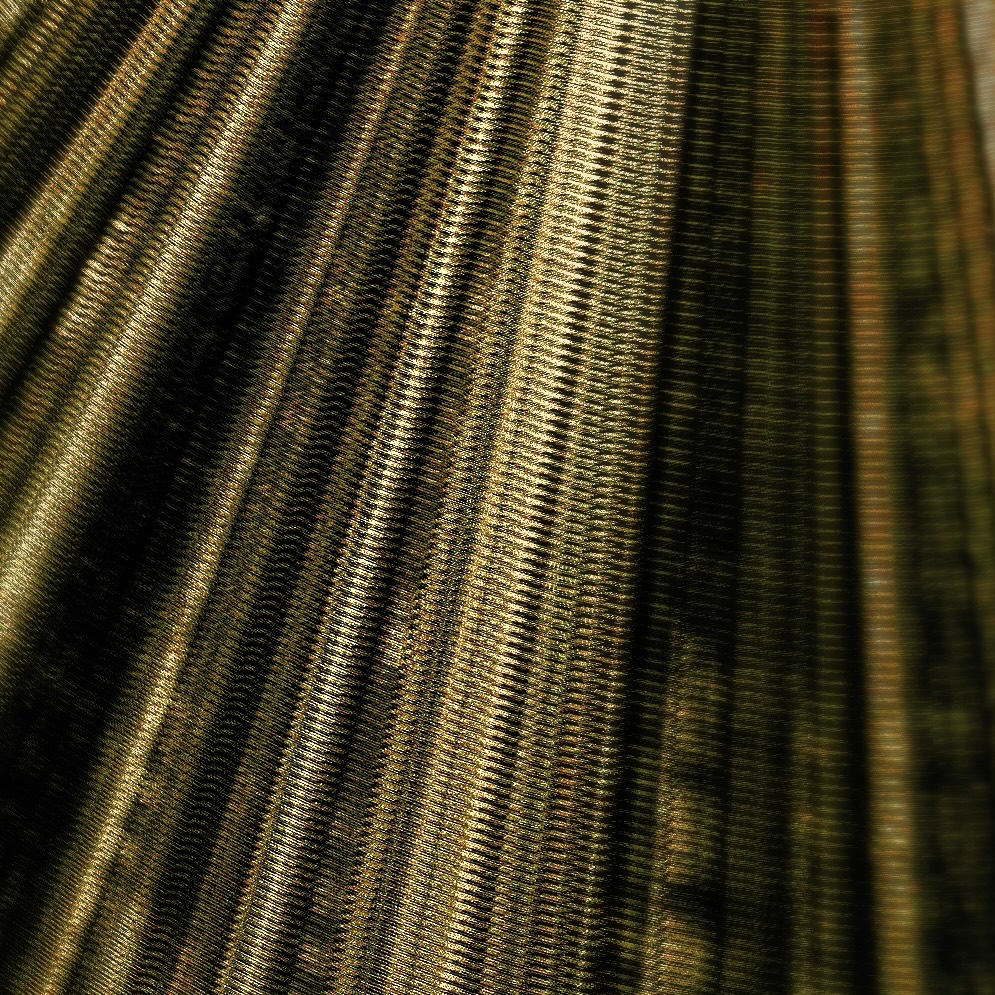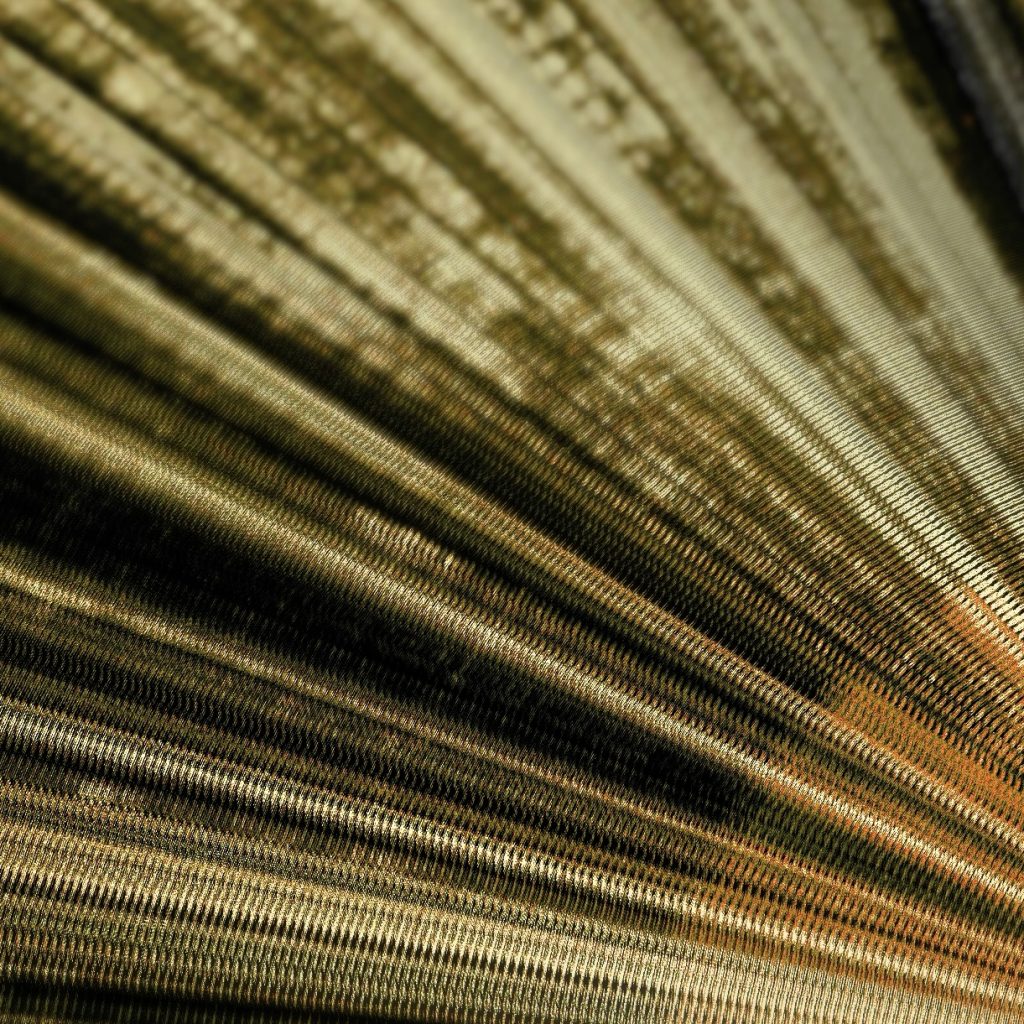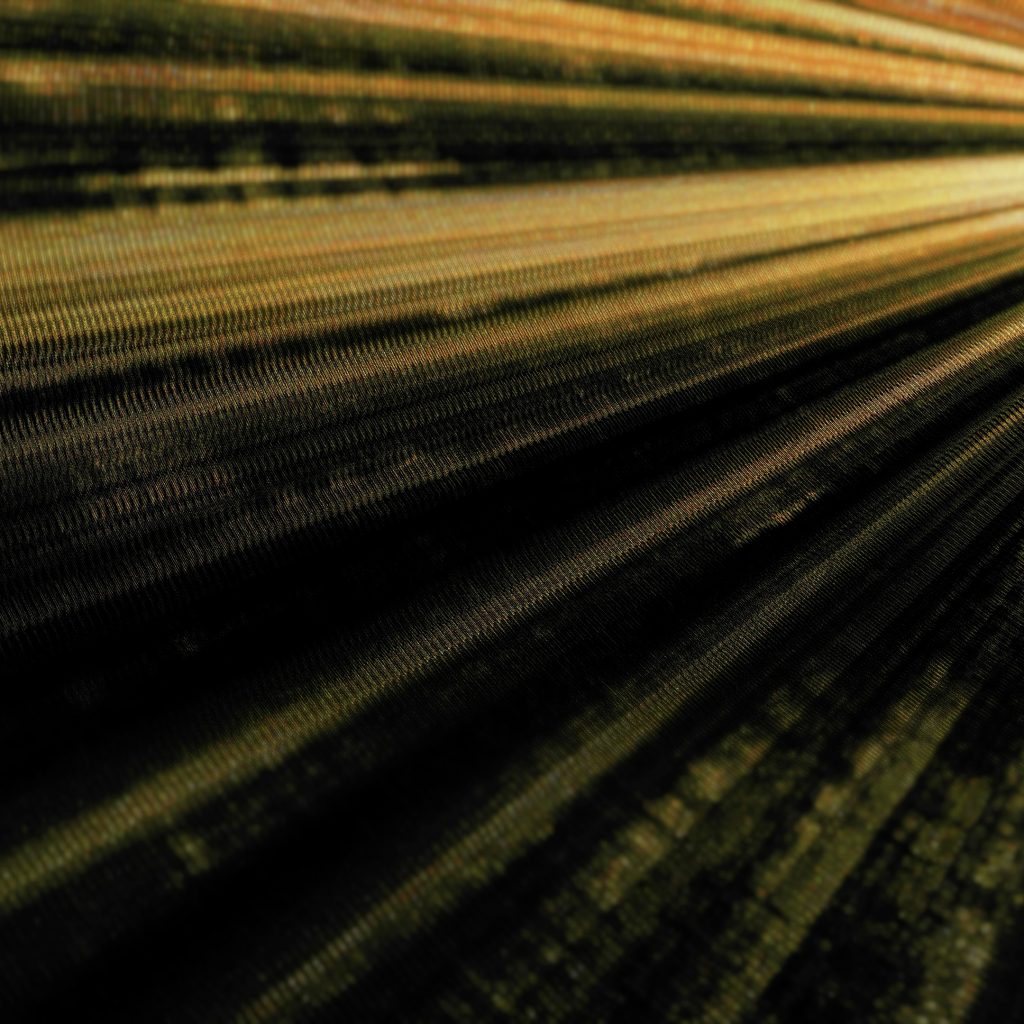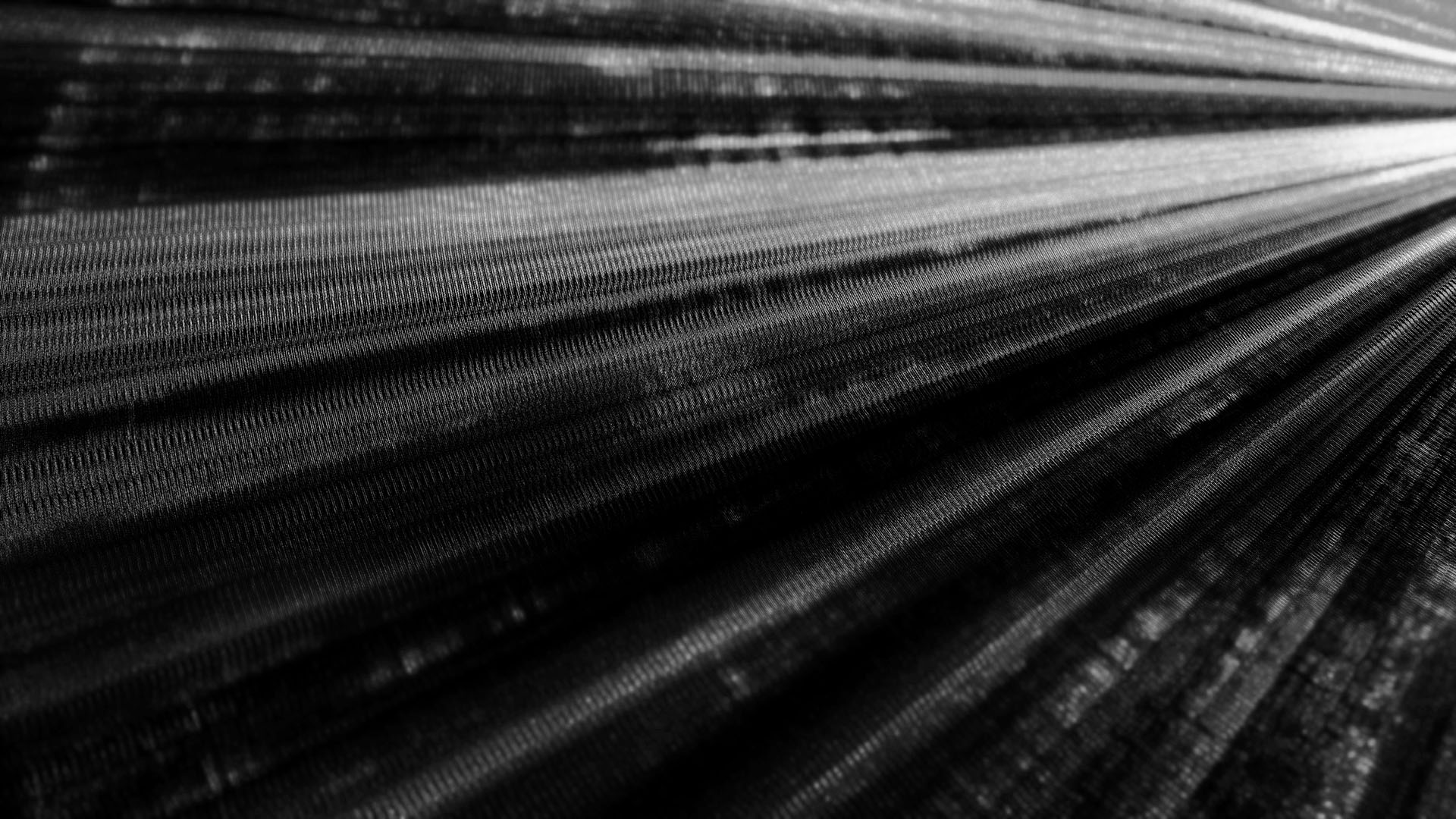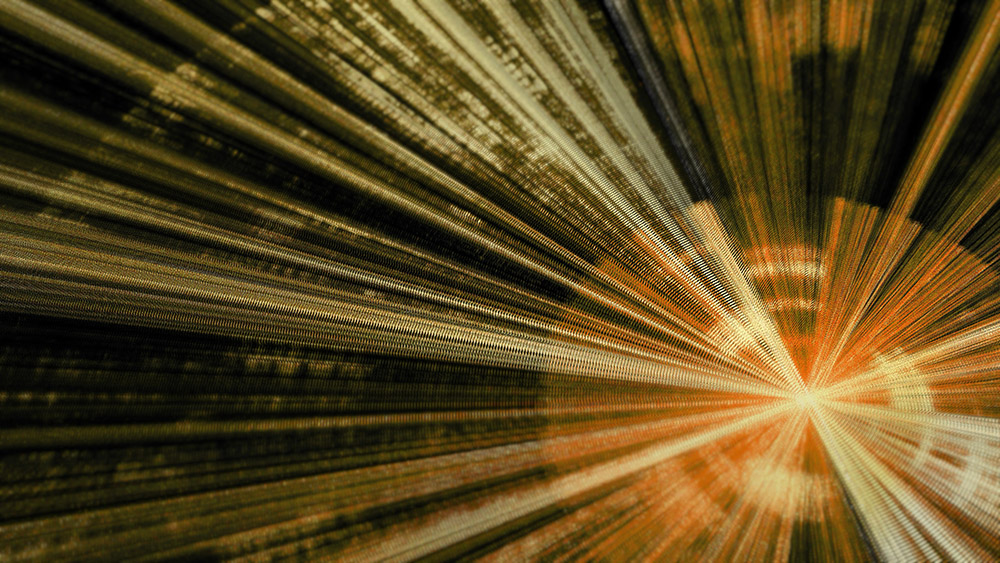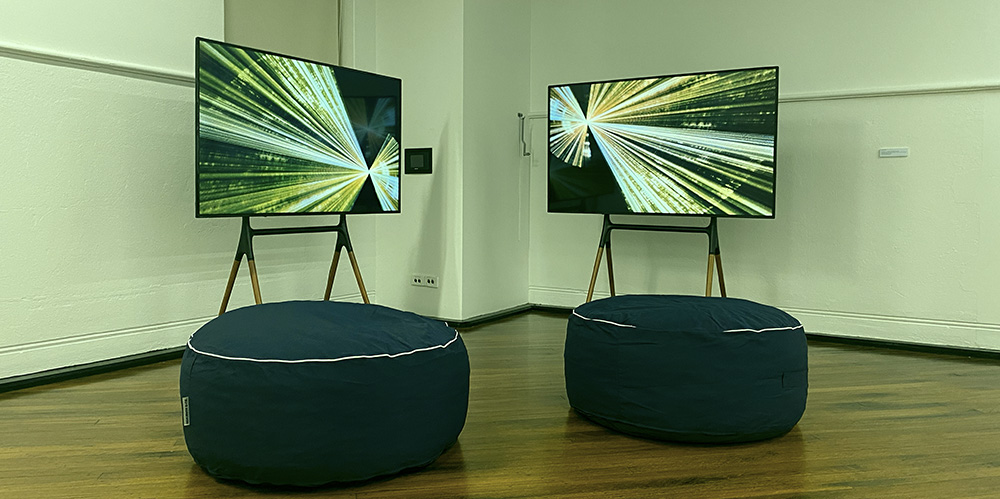Exhibition
The Ecotone: Visualising Cross-talk of ‘The Gully’
Deep Listening on Gundungurra Country
Sedges, Rushes, Wind, Rain, and Urban Signatures
The Ecotone: Visualising Cross-talk of ‘The Gully’ began when I was invited by The Painted River Project in partnership with Gundungurra Traditional Owners, led by respected custodian David King, to join an on-site meeting at ‘The Gully’, Garguree. My work started in earnest after I was warmly welcomed by David on my first site visit. I was deeply moved by the narrative he shared, which intricately wove together the themes of cultural displacement, the reclamation of family and identity, and environmental regeneration—all centred around the significance of ‘The Gully’, Garguree. David’s account of the history, including the challenges of forced housing, the subsequent demolition of those very homes and the site itself to make way for a racetrack, left an indelible impression on me. His role as a custodian, graciously welcoming me onto Country and generously sharing the site’s cultural significance, evoked an overwhelming sense of respect and gratitude. As a visiting media artist and designer, I couldn’t help but grapple with my own sense of impostership, but David made me feel welcome. Despite the adversities faced, the unwavering dedication of David’s family to regeneration initiatives and community-building efforts instilled in me a resolute sense of hope for the future of the site and the need for enduring preservation of Aboriginal cultural heritage—Songlines recounted, reconnected, retraced, and continuing!
During my visit to ‘The Gully’, I engaged in discussions with Associate Professor Ian Wright, a scientist specialising in water ecology and the health of the swamp. We discussed the fragility of the swamp, methodologies, measurements, and the intersection of art and science, igniting visual connections with notions of imaging and documentation—an interplay between scientific observation and artistic expression.
You’d be lucky to hear me describe myself as more than an emergent media artist on a good day. However, here I was, joining some of Australia’s most renowned and talented painters. I had the privilege of working alongside Lucy Culliton, Chris O’Doherty (Reg Mombassa), Euan Macleod, Adrienne Richards, Leo Robba, emerging Gundungurra artist Kelsie King, and digital artist colleague Matthew Lahoud for an “en plein air” extravaganza. My engagement with the team of painters brings a unique perspective to my role in the overarching collaboration. I kept it relatively quiet that I studied fine art and majored in painting in my early days. While working alongside them, I found myself navigating the boundaries of my role, grappling with questions of identity and imposter syndrome. This interaction with the painters not only influenced my creative process but also shaped my understanding of my place within the multidisciplinary team. It becomes a catalyst for self-reflection, prompting me to explore the intersections between different artistic practices and embrace my engagement with the site, to walk softly with a generous spirit. Except for David and Kelsie, we are all tourists.
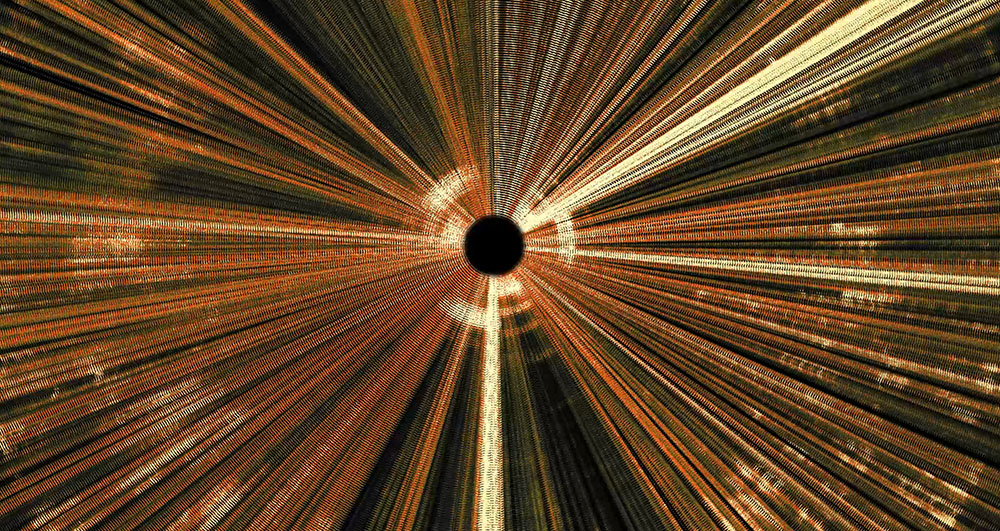
Why cross-talk? Cross-talk refers to the phenomenon in which signals or information from one source interfere with or influence signals or information from another source. It commonly occurs in systems or environments where multiple channels or pathways of communication exist. The Ecotone: Visualising Cross-talk of ‘The Gully’ is a project that intricately weaves together colour, form, sound, and movement that were captured and documented during my visits to ‘The Gully’. Being invited to join the rich tapestry of The Painted River Project—place, art, science, and the preservation of cultural heritage—the metaphor of cross-talk reveals itself as a captivating lens through which to explore the intricate dynamics at play. Just as signals interact and influence one another in technical systems, the realms of art, science, ecological and cultural preservation also experience a dance of interconnections, disruptions, and resonances.
Creative endeavour emits signals that reverberate across disciplines and cultures. It inherently transcends boundaries, inviting diverse perspectives and dialogues to emerge. As these artistic signals encounter the realm of science, a cross-talk ensues. Scientific knowledge and methodologies intersect with artistic sensibilities, sparking new insights, interpretations, and possibilities. The vibrancy of art finds resonance in the disciplined pursuit of knowledge, enriching both realms through their entangled interactions.
Similarly, the signals of cultural preservation, rooted in the wisdom and traditions of indigenous community, contribute to the cross-talk. The cultural heritage embedded in the land, stories, rituals, and practices becomes entwined with art and science, fostering a deeper understanding of the interconnectedness between humanity and the natural world. The preservation of indigenous knowledge serves as a vital signal, guiding us towards sustainable practices, ecological stewardship, and a profound appreciation for the wisdom of family and ancestral voices.
Within this cross-talk of art, science, and cultural preservation, disruptions and resonances emerge. Boundaries blur, assumptions are challenged, and new insights are forged. The interplay of these signals generates fertile ground for innovation, collaboration, and transformative experiences. It reminds us that the pursuit of knowledge, creativity, and cultural preservation are not isolated endeavours but interconnected threads within the fabric of our shared stories.
Just as engineers strive to mitigate the disruptive forces of cross-talk in technical systems, we are called to nurture and facilitate the cross-talk between art, science, environmental and cultural preservation. We must create spaces and platforms that encourage the convergence of these signals, fostering dialogue, collaboration, and mutual understanding. By embracing the complexities and harmonies that emerge from this cross-talk, we unlock new avenues for discovery, inspiration, and the sustainable stewardship of our diverse cultural and natural heritage.
Spending time at ‘The Gully,’ Garguree, as part of the Painted River Project, has resulted in a creative outcome that combines the blending of my firsthand experiences with meticulously captured, collected, and processed data. This assemblage offers a relay of my experience of deep listening on Gundungurra Country.
Media and Promotion
ABC Sydney – NSW Weekend Mornings
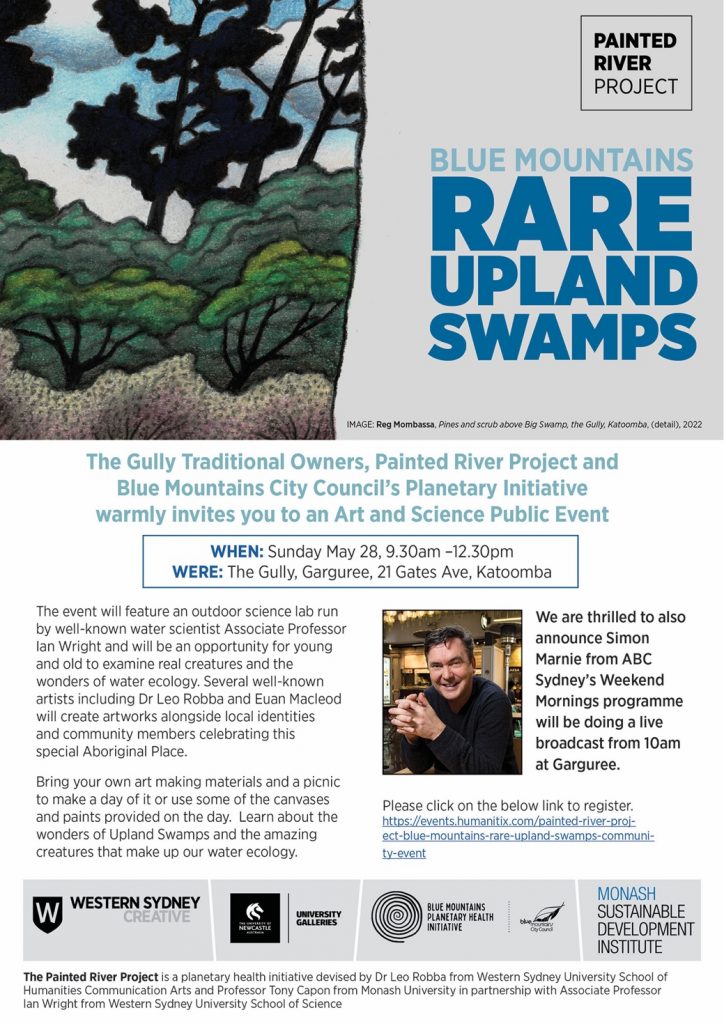
Simon Marnie hosts Weekend mornings live from ‘The Gully’ in Katoomba, to commemorate the Painted River Project. – Listen to the ABC – NSW Weekend Mornings
Western Sydney Creative
Forthcoming: The Painted River Project: Blue Mountains Rare Upland Swamps exhibition is a joint project with Watt Space Gallery, Newcastle University and moved to the gallery in November 2023.
Materials and Process
‘The Gully’, Garguree – Catalina Park, Katoomba
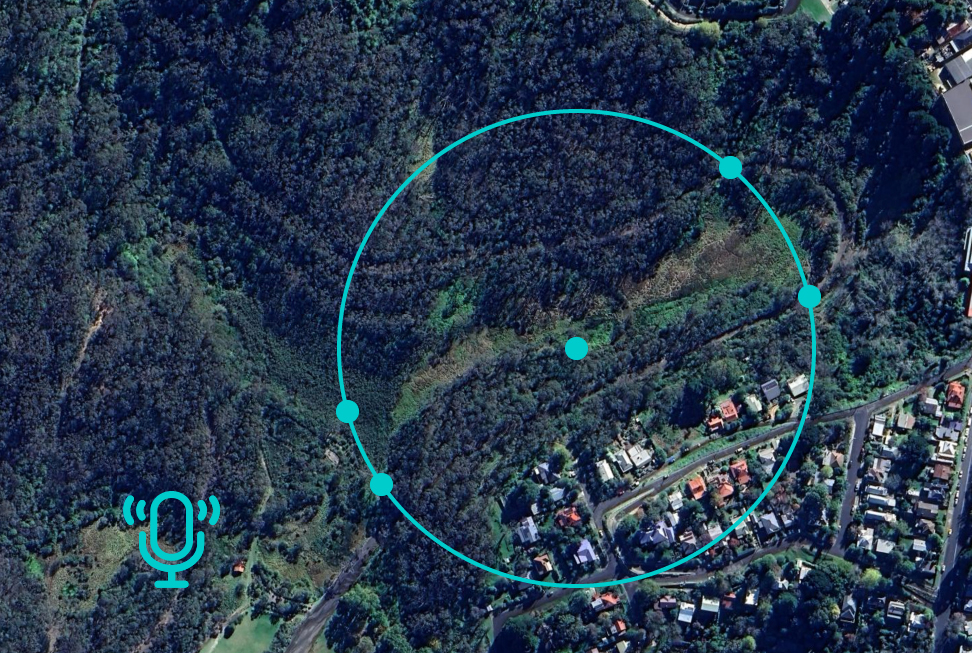
‘The Gully’, Garguree – Catalina Park, Katoomba
Materials and Data
Audiovisual data painting video compilation featuring data blending, interpolation and visualisation of the following:
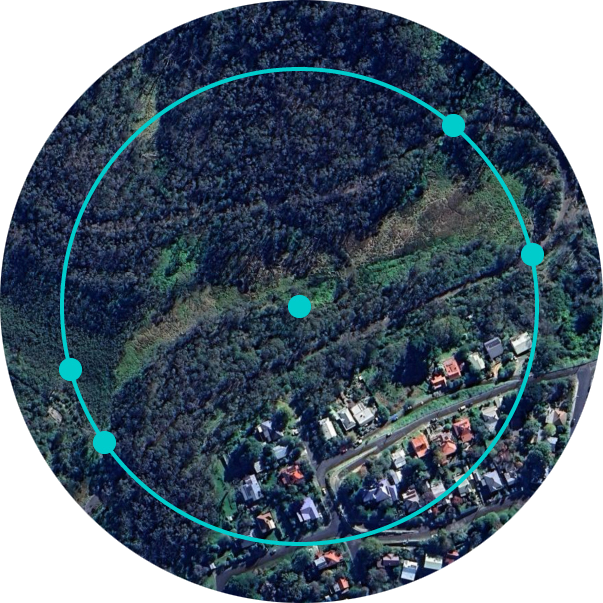
Multi-point audio field recordings – The Gully, Garguree
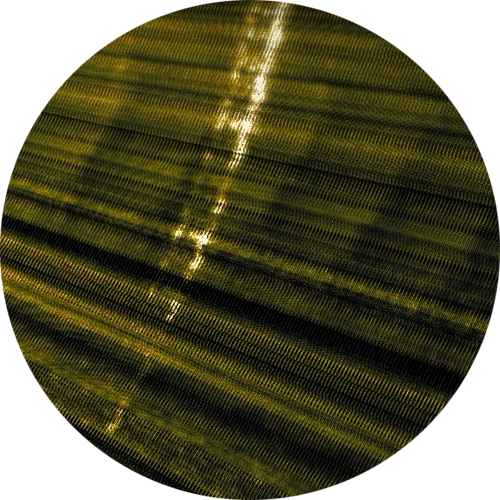
Audio spectrum data of field recordings – The Gully, Garguree.
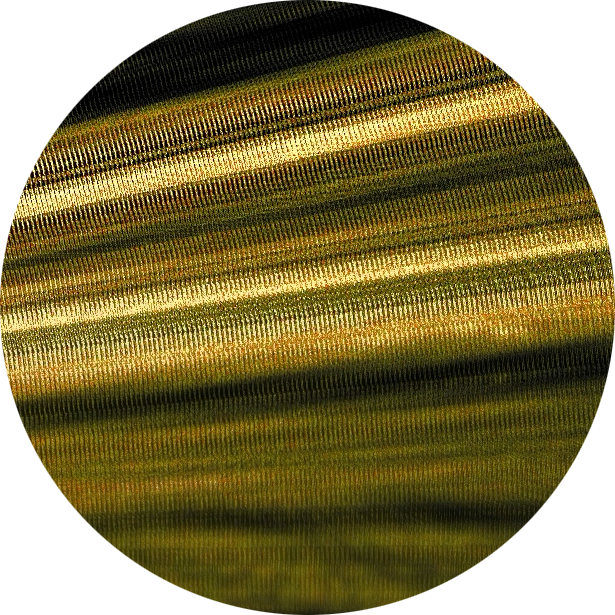
Katoomba rainfall data – December 2022 (Katoomba Weather)
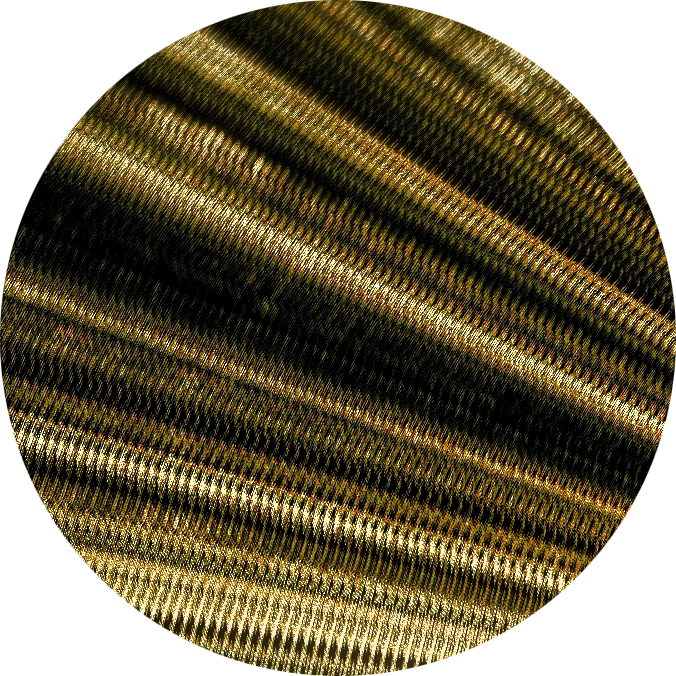
Katoomba average wind speed data – December 2022 (Katoomba Weather)
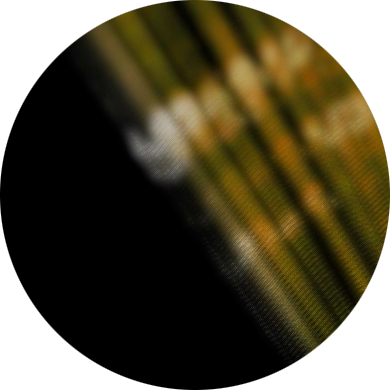
Katoomba wind gust data – December 2022 (Katoomba Weather)
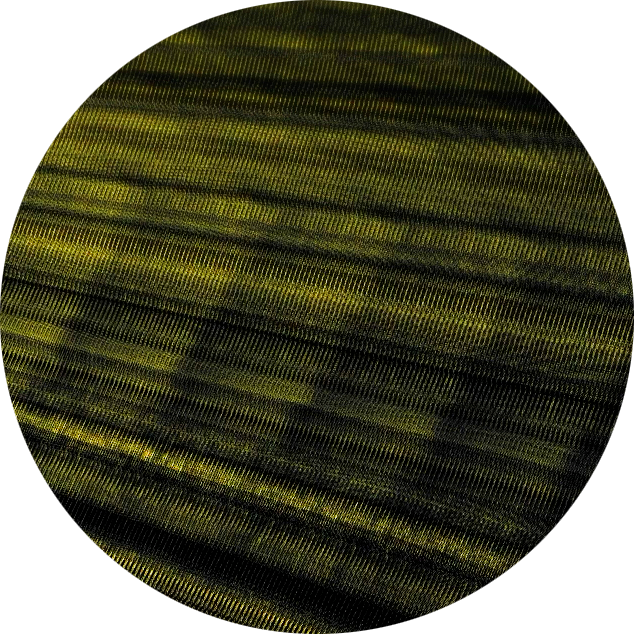
Urban swamp alkalinity (as calcium carbonate) measurement ranges (Carroll, R.; Reynolds, J.K.; Wright, I.A. 2022).
Captured field recordings form the foundation for creative exploration. Recording points were intuitively plotted around the circumference of the site and at the centre of the swamp, with the aim of capturing and generating a captivating interplay of stereo audio from the site. These recordings serve as the fundamental elements of a sound composition, incorporating samples extracted from transient triggers and emergent rhythms found within the field recordings.
The featured spectra render the length of the precomposed field recording audio. The frequencies of bird calls, wind, footsteps, and distant machinery are captured line-by-line as a spectrum unfolds. The intensity or amplitude of the audio moves from black through greens and browns to orange and then white as the signal gets hotter. This colour system remains consistent for all combinations of data within the system.
Each line consists of 500 or more sections, with each section containing a group of spinning particles. Building upon this base system, there is a subtle incorporation of line rendering that is influenced by local wind gusts and peak records from December 2022. These records affect the rotation speed of each micro-particle simulation within the sections of each line, creating a sense of foreshadowing. The wind gust records propel the weaving of the spectrum forward in time, reminiscent of the movement of rushes in the wind.
Peaks and valleys, representing high and low periods, are formed by the introduction of interpolated local average wind speed and rainfall records from December 2022. They take on the appearance of drapery curves or degraded corrugated iron sheeting, with larger and brighter periods indicating longer and more intense wind or rain periods.
Running almost perpendicular to the main peaks and valleys, emanating from the centre of the spectrum, are references to urban swamp alkalinity (as calcium carbonate) measurement ranges from a recent study involving Associate Professor Ian Wright. These ranges merge with the main blend of data but are applied via signal phasing, pushing outward as the ranges are traversed over time.
All signals are merged into one data signal, providing a representation of data over time with audio frequency samples per line. The outcomes are somewhat choreographed through the fidelity of data used, its interpolation, and virtual camera positioning. However, the results remain generative and maintain relative integrity to the data employed. In other words, the work serves as an expression through an assemblage of channels and signals as a medium, rather than aiming to provide an objective representation of the data.
Precedents/ Inspiration/ Connections
The Ecotone: Visualising Cross-talk of ‘The Gully’ is underpinned by techniques of comparative drawing and visual analogy. Seemingly disparate channels and signals are brought together with motifs experienced at the site. For example, the spectrum arch points to the racetrack – a ring track – its slow degradation and historic dominance over the swamp and custodians. The pace of rendering and movement in the appearance of lines is a comparison to the movement of wind through native swamp grasses, sedges and rushes. Also, the texture of lines and generated macro and micro patterns are a reference to weaving – the swamp provides quality materials for the practice. However, I quickly learnt from David that weaving is “important women’s business” and that it’s okay to acknowledge and be immersed in the site and materials but the intricacies of the practice “is for Aunty and Aunties”.
X-ray Diffraction Patterns
X-ray spectrum particle identification imaging directly influenced the project’s spectral patterns. This nod to the imaging technique was triggered by Ian’s recent paper on concrete runoff affecting Blue Mountains swamps – the process is an important method in the study. Similar to how X-rays reflect and refract upon a substrate, tracing the intricate identity of particulates, the spectrum generated in The Ecotone project captures traces and patterns informed by the site and the experience of the site.
X-ray diffraction analysis (XRD) is a technique used in materials science to determine the crystallographic structure of a material. XRD works by irradiating a material with incident X-rays and then measuring the intensities and scattering angles of the X-rays that leave the material. The primary use of X-ray diffraction analysis is the identification of materials based on their diffraction pattern (Vedantu)
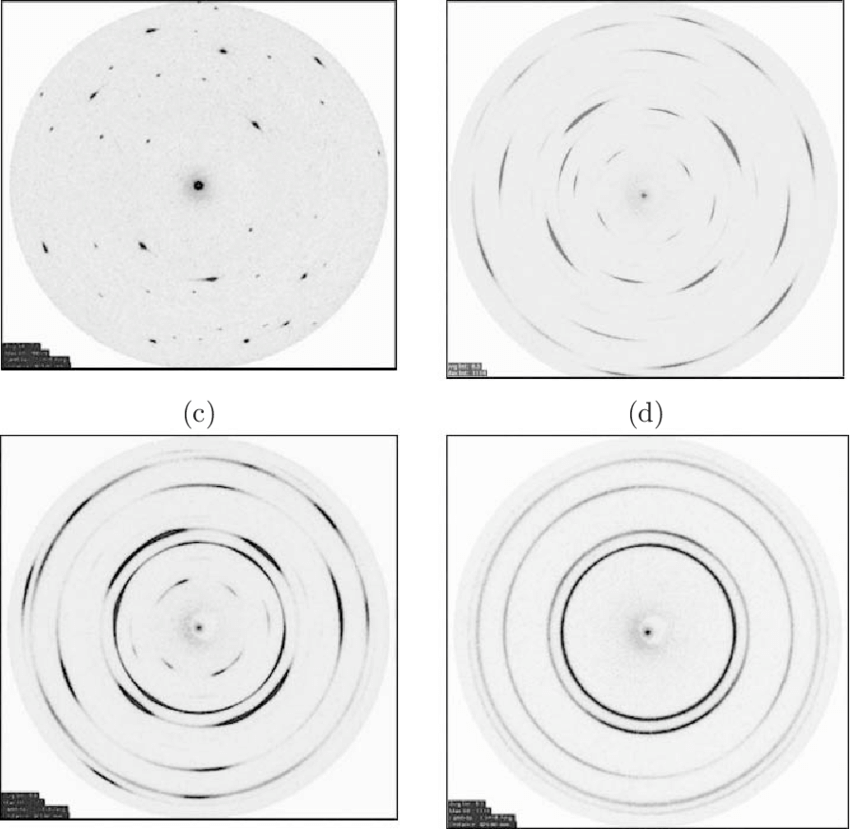
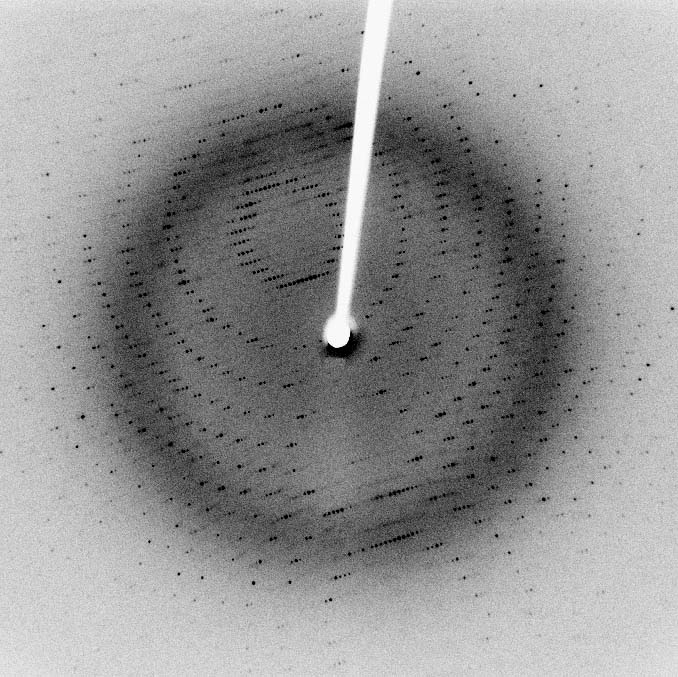
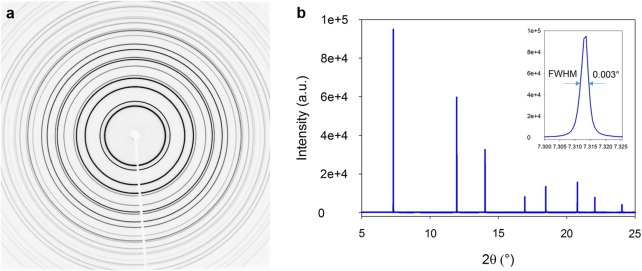
Key Site Documentation
In the studio, I delve into the process of slicing and sampling my field recordings, experimenting with the integration of audio and visuals. I strive to create a harmonious and immersive experience where the audio interweaves with the visual elements, drawing inspiration from scientific imaging and measurements while remaining mindful of the colours and textures captured in my photographs.
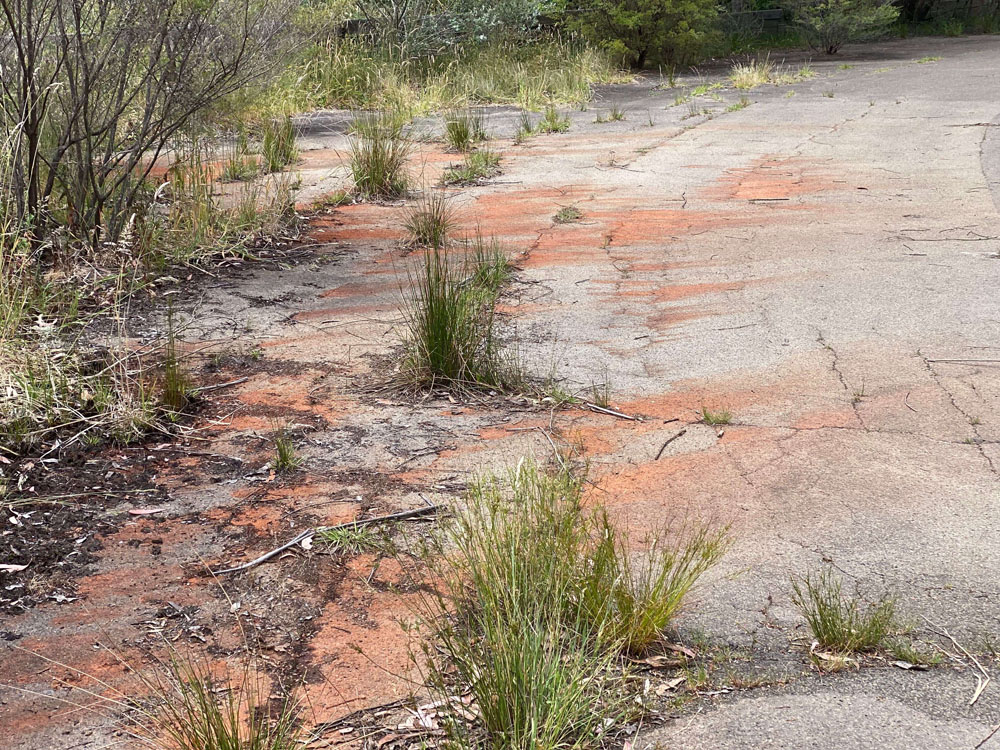
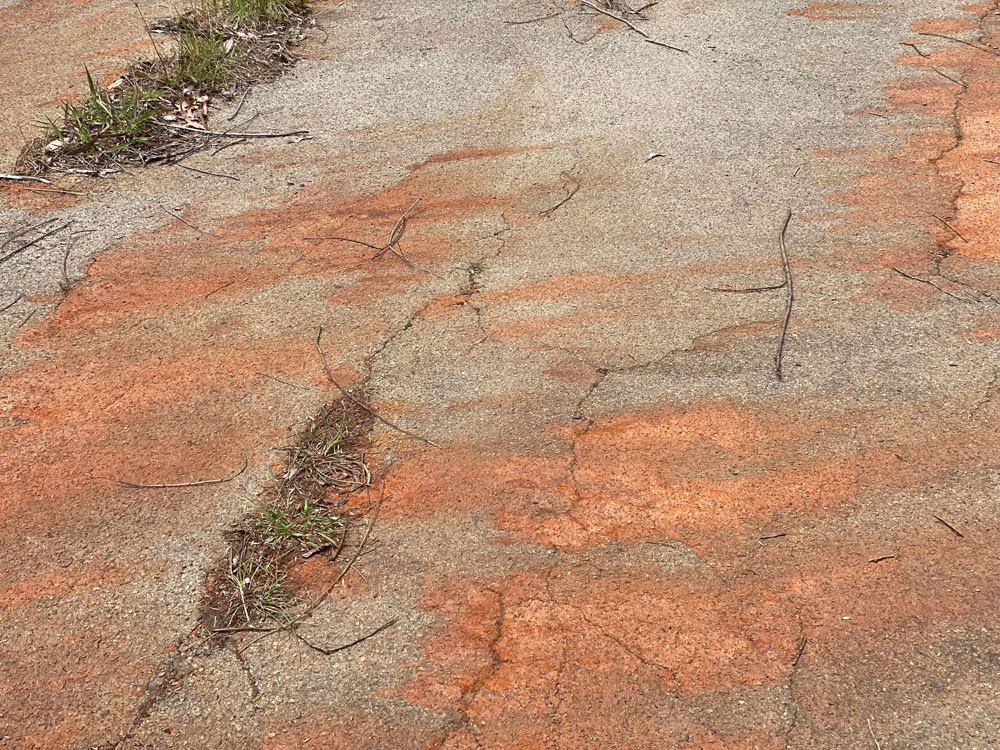
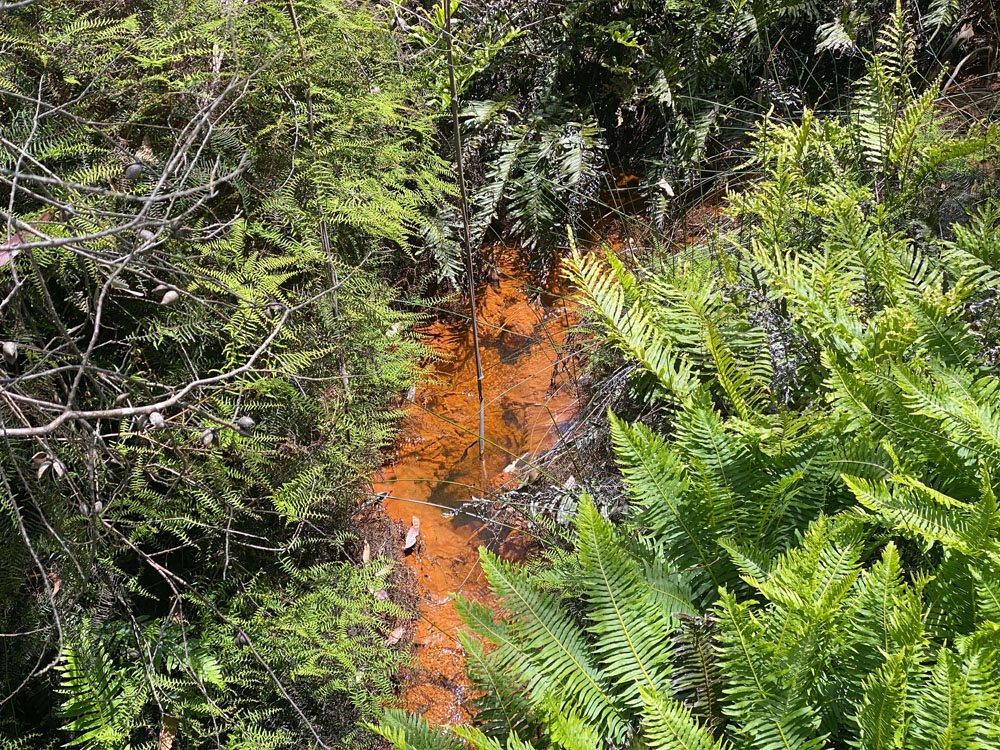
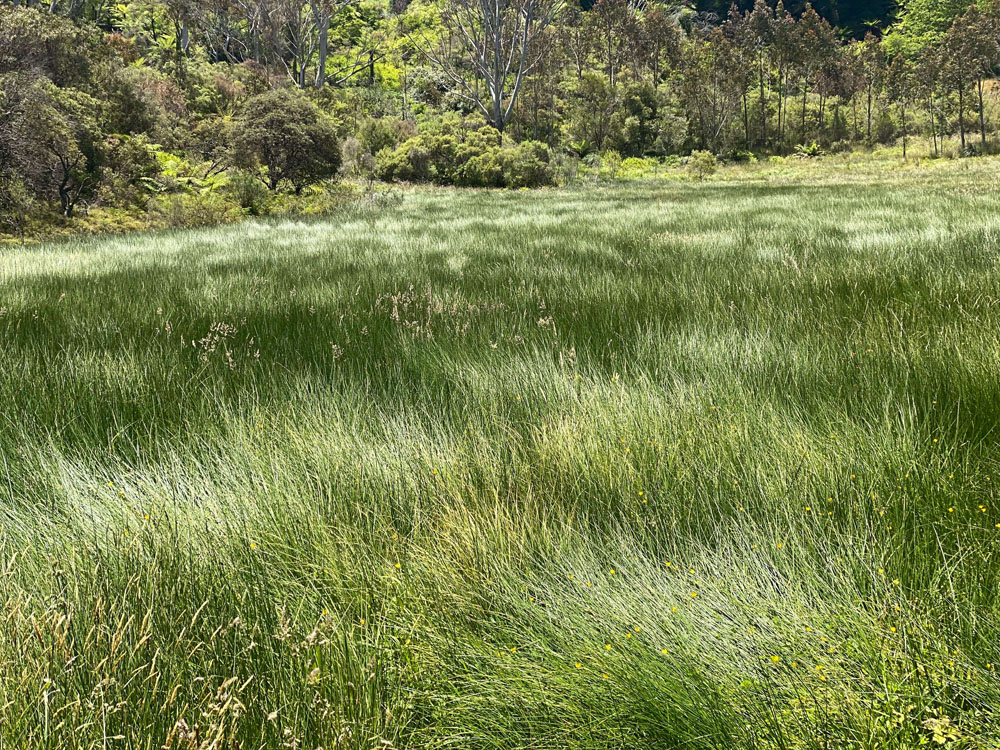
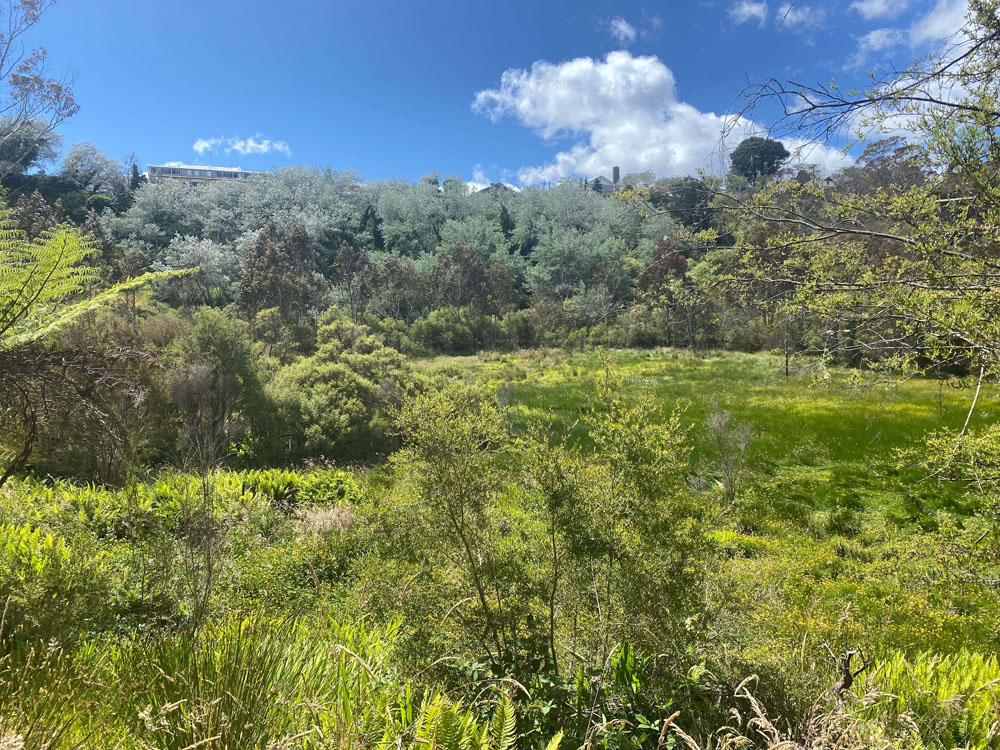
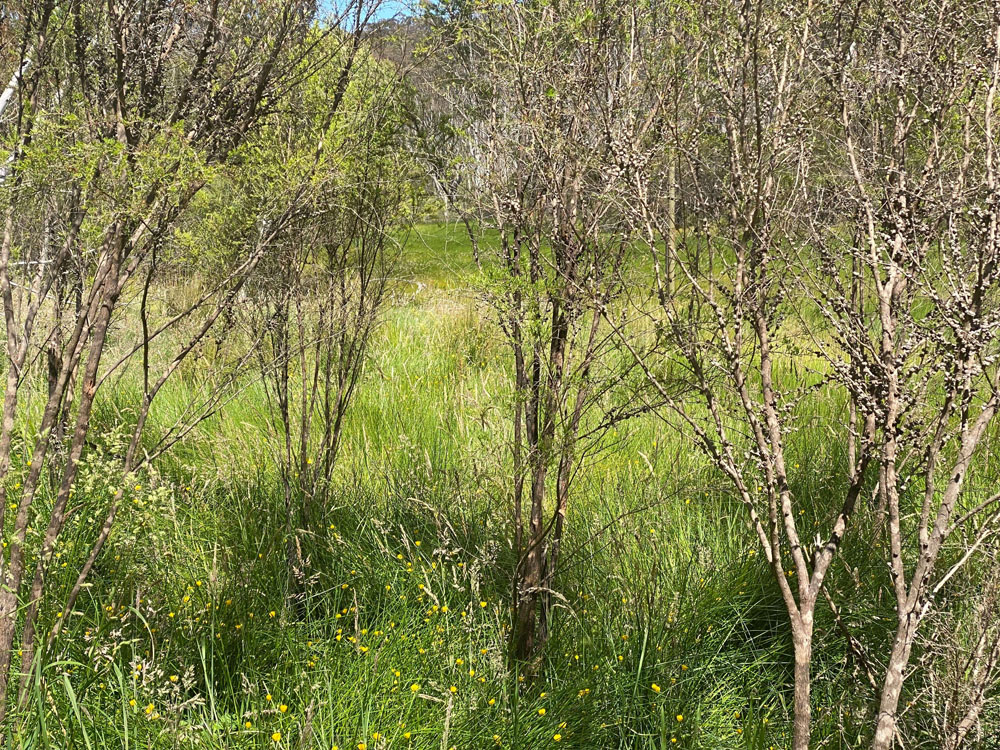
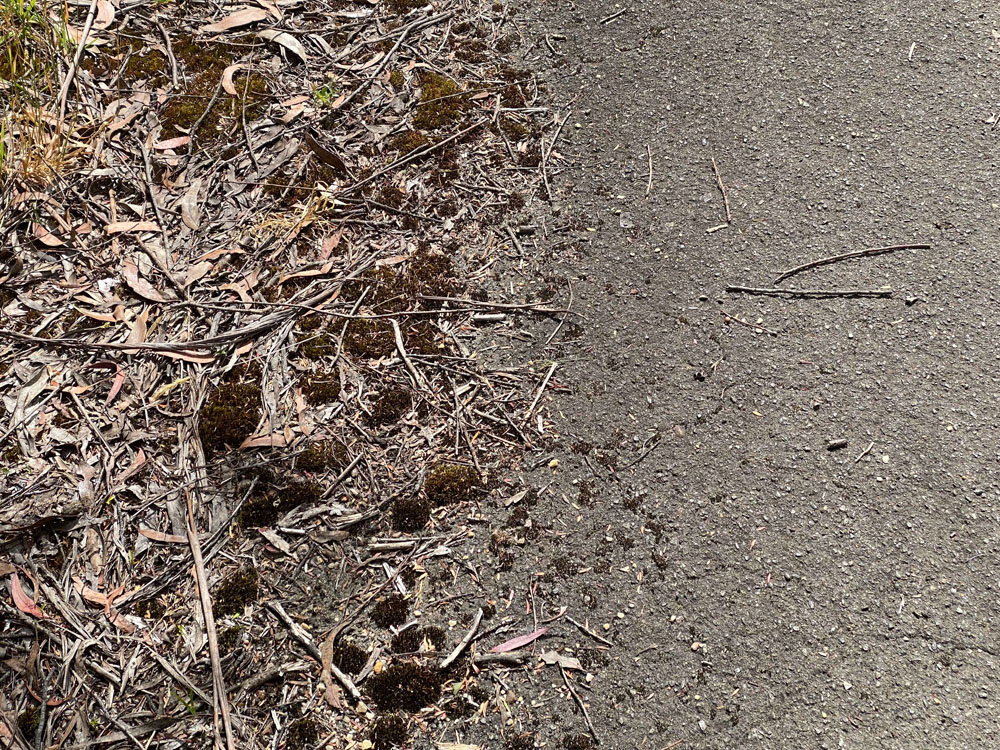
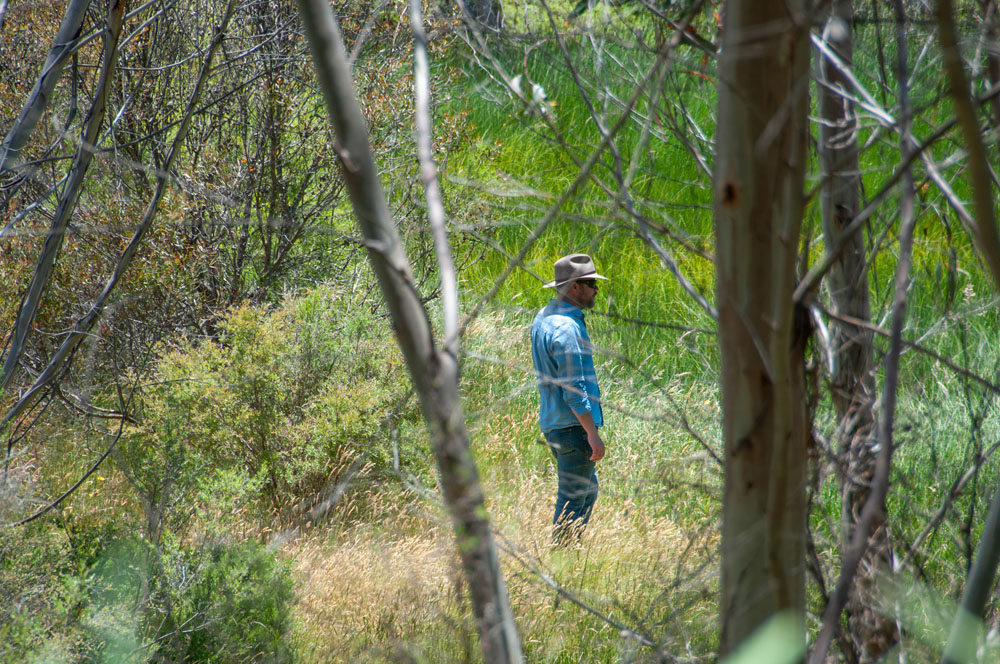
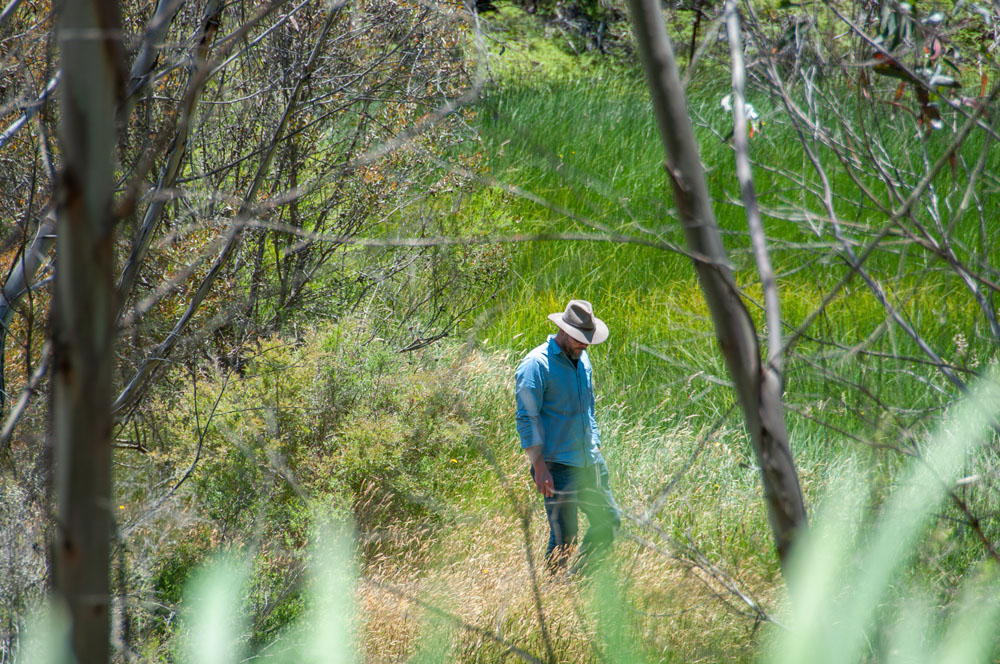

Key Test Renders/ Animatics
